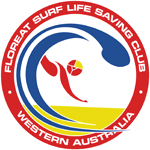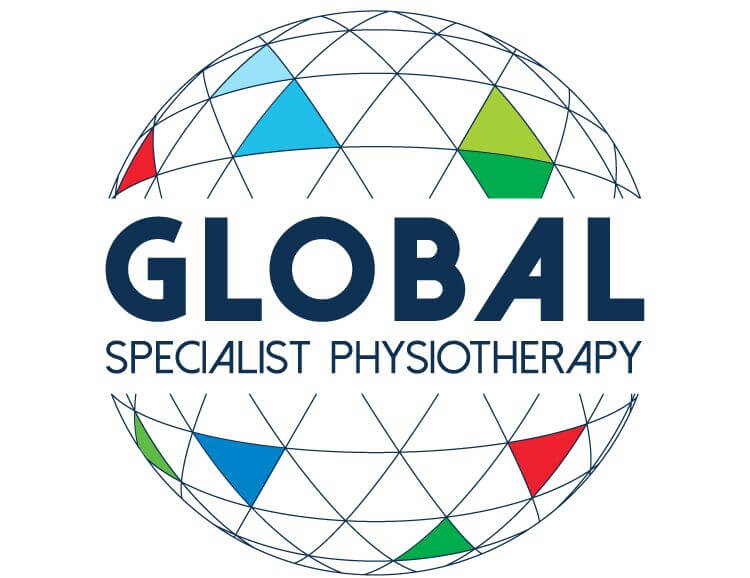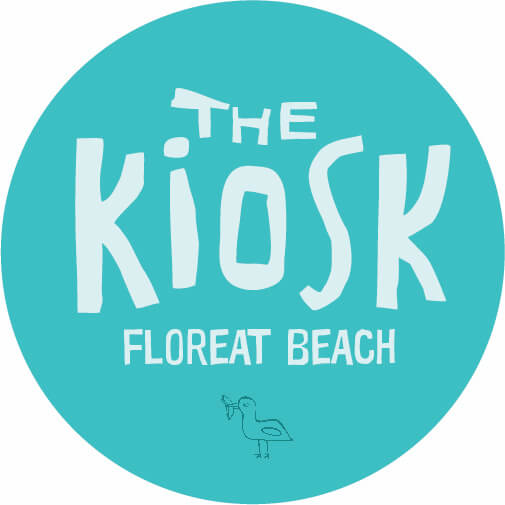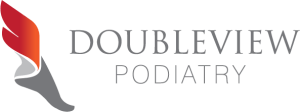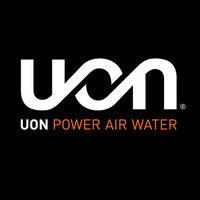Cardiovascular & Cardiorespiratory
Asthma
Exercise Induced Asthma also known as Exercise-Induced Bronchoconstriction is caused from irritation of the airways caused from an increased respiratory (breath) rate during exercise. When at rest we breath through our nose which moistens and warms the air before entering our lungs. During exercise respiratory rate increases and mouth breathing can become more dominant which directs cold and dry air into the lungs causing irritation and then inflammation (mucus production) of the airways. Regular exercise however can improve overall health and wellbeing and is an important part of any asthmatic management plan.
Exercise has the ability to improve lung capacity, that is the amount of oxygen that body can take in and use from each breath. Participation in regular exercise can reduce inflammation by reducing inflammatory proteins. An Exercise Physiologist is an important part of your management team and can devise a program that is appropriate for you.
Cardiovascular disease (CVD)
CVD is preventable in most cases, as a large number of its risk factors are minimised using lifestyle modification such as obesity and being overweight, smoking, hypertension (Chronic high blood pressure), hypercholesterolemia (Chronic high cholesterol), poor nutrition, insufficient physical activity and diabetes.
CVD VS Lifestyle Modification
Improvement in physical activity and nutritional intake at any level have a proven association with reduced cardiovascular risk. This exercise and diet combination can also act to reverse the severity of almost all risk factors, making it an effective tool for both treatment and prevention of CVD that is available to everyone.
- Is heart, stroke and blood vessel diseases.
- Kills one Australian every 12 minutes.
- Affects one in six Australians or 4.2 million.
- Most people 65 years or over are currently living with long-term CVD.
- CVD was the main cause for more than 575,800 hospitalisations in 2016/17.
- Claimed the lives of 43,477 Australians (nearly 30% of all deaths) in 2017 – deaths that are largely preventable.
- Lower socioeconomic groups, Aboriginal and Torres Strait Islander people and those living in remote areas had the highest rate of hospitalisation and death resulting from CVD in Australia.
To book in an Exercise Physiology consult and discuss treatment options book below or fill out the “We’ll call you” section.
Heart Attack
After a heart attack the heart muscle undergoes extensive remodelling to accommodate for the damaged tissues. Exercise training may have a positive impact on the course of remodelling and improve cardiac function. Not only does exercise improve cardiac outcomes post heart attack, regular and appropriate exercise can reduce risk of subsequent cardiovascular events and improve mortality rates. Exercise can provide you a number of benefits on both short and long term physiological and psychological outcomes. It is important to get a tailored and progressive exercise under supervision post heart attack. An Exercise Physiologist can provide you with the appropriate exercise regime and education on lifestyle changes to reduce your risk of further events. At any stage in your rehabilitation post hear attack, your Exercise Physiologist will modify your program and include a combination of aerobic and resistance training.
Hypertension
The heart muscle itself can undergo unfavourable changes and adaptations due to prolonged compensation to overcome the pressures. Modifiable factors include physical inactivity, unhealthy diet, a high salt diet, obesity, consumption of alcohol, and tobacco use. Exercise provides many benefits and regular exercise can decrease hypertension. Exercise can help decrease other factors contributing to hypertension such as aiding in stress management and obesity. On a physiological level, blood flowing through the blood vessels from exercise releases Nitric Oxide within the vessel wall. Nitric Oxide assists in keeping the blood vessel walls elastic and therefore aids to decrease pressure from rigid artery walls. An Exercise Physiologist will be able to provide you an appropriate program and information to assist in decreasing your hypertensive levels.
